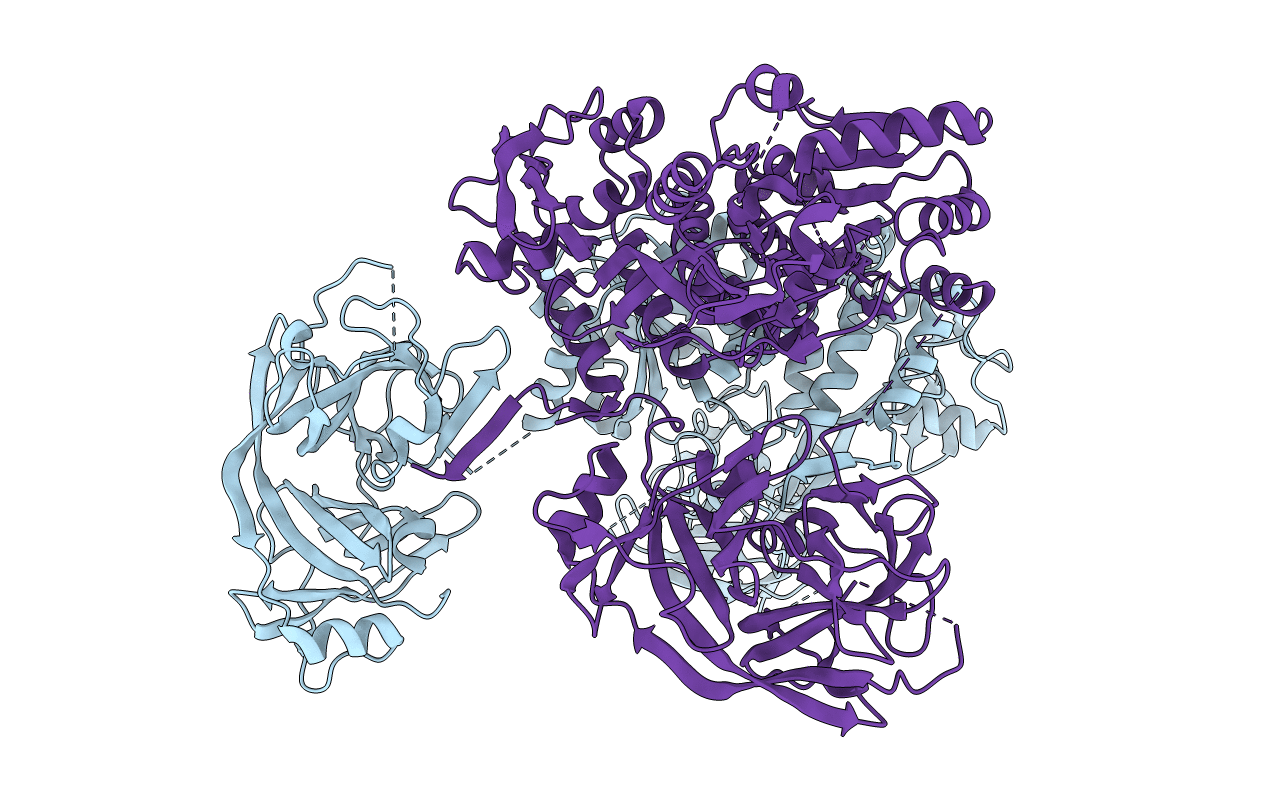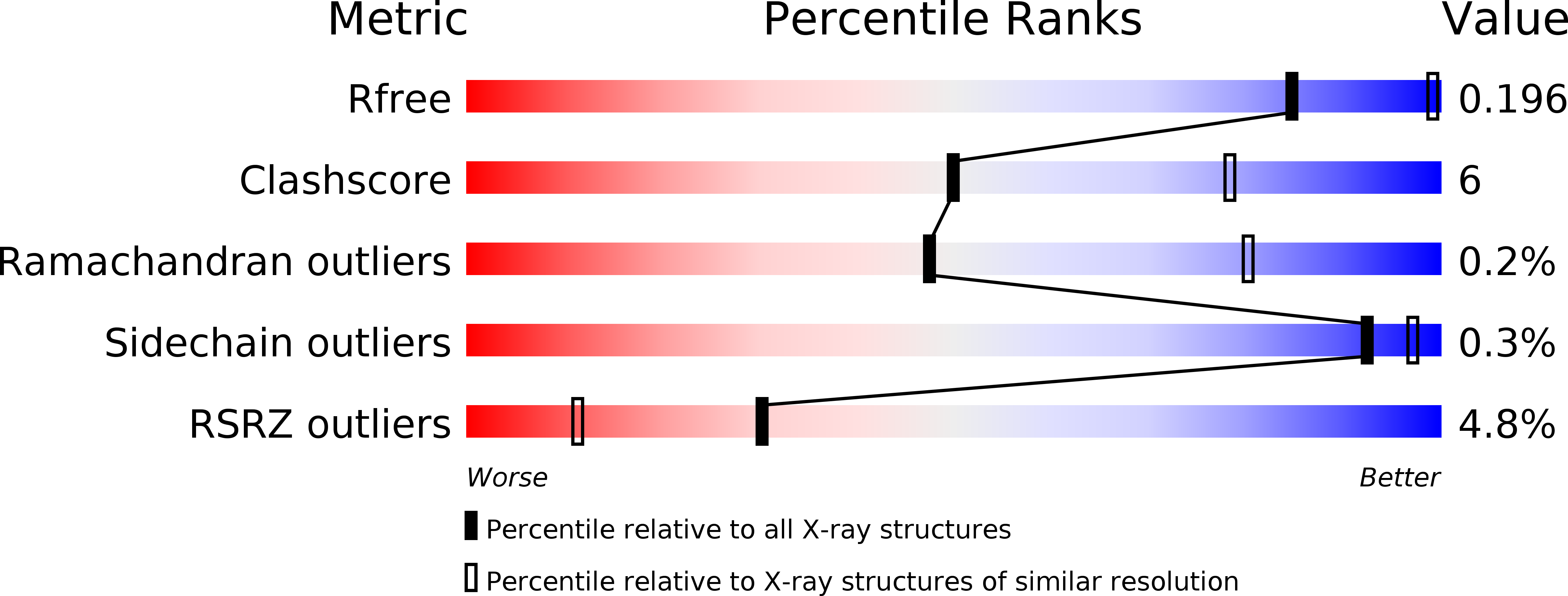
Deposition Date
2017-01-30
Release Date
2017-02-15
Last Version Date
2024-01-17
Entry Detail
Biological Source:
Source Organism:
Classical swine fever virus (strain Alfort) (Taxon ID: 11097)
Host Organism:
Method Details:
Experimental Method:
Resolution:
3.05 Å
R-Value Free:
0.23
R-Value Work:
0.19
R-Value Observed:
0.19
Space Group:
P 21 21 2


